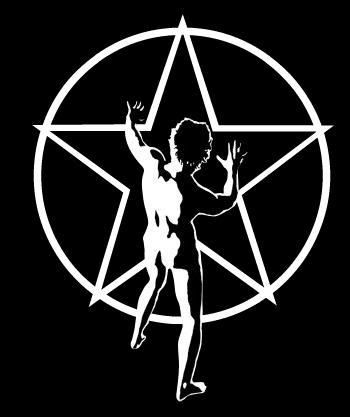The band, pressured by their record company not to write another concept piece (after the previous album, Caress of Steel, containing two such songs, failed commercially), stuck to their principles and created what is hailed as their first commercial success. It garnered them their first U.S. Top 100 album and would reach Gold status on November 16, 1977 (along with the band's then current release A Farewell to Kings and All The World's a Stage) and Platinum on February 25, 1981 (shortly after the release of Moving Pictures in 1981). 
In the year 2062, a galaxy-wide war results in the union of all planets under the rule of the Red Star of the Solar Federation. The world is controlled by the Priests of the Temples of Syrinx, who determine the content of all reading matter, songs, pictures - every facet of life during the year 2112 ("The Temples of Syrinx").
A man discovers a guitar (ancient miracle) and learns to play new, different music from what he has ever heard. When he goes to present this to the priests of the Temples, they destroy the guitar. He goes into hiding and dreams of music; upon awakening he becomes severely depressed and commits suicide after a few more days in hiding. As he dies, another planetary battle begins ("Grand Finale") resulting in the (perhaps deliberately) ambiguous ending "Attention all planets of the Solar Federation: We have assumed control." (This spoken section was created by Geddy Lee and Alex Lifeson reportedly "messing around with a tape recorder".)
On the album, Neil Peart credits "With acknowledgment to the genius of Ayn Rand." Rand, a Russian-born American novelist and Objectivist philosopher, wrote a novella entitled Anthem (itself the title of another Rush song, from the album Fly By Night) from which Peart borrowed the broad strokes of the plot.
The other songs on the album stand alone from the title track, with Geddy Lee and Alex Lifeson writing lyrics for one song each ("Tears" and "Lessons", respectively). All other lyrics were penned by Peart.
"Tears" would be the first Rush song to feature an outside musician. Hugh Syme, who would play keyboards on a number of Rush songs in the future (ie. "Different Strings" on Permanent Waves and "Witch Hunt" on Moving Pictures) contributes a multi-tracked Mellotron string part to the track. "A Passage to Bangkok" and "The Twilight Zone" are songs typical of this time period of Rush. "Twilight" was written and recorded in one day. "Something for Nothing" closes out the album. Neil Peart states: "All those paeans to American restlessness and the American road carried a tinge of wistfulness, an acknowledgment of the hardships of the vagrant life, the notion that wanderlust could be involuntary, exile as much as freedom, and indeed, the understanding that freedom wasn't free. In the mid-'70s, the band was driving to a show in downtown Los Angeles, at the Shrine Auditorium, and I noticed some graffiti splattered across a wall: 'Freedom isn't free,' and I adapted that for a song on 2112, 'Something for Nothing'". 
The Starman emblem (also known as the 'Man in the Star' logo) was adopted by Rush fans as a logo since its first appearance on the back cover of 2112. Peart described the Starman in an interview with Creem magazine:
"All (the naked man) means is the abstract man against the masses. The red star symbolizes any collectivist mentality."
With regards to the album, the 'collectivist mentality' referred to is depicted as the Red Star of the Solar Federation, which according to the plot is a galaxy-wide confederation that controls all aspects of life during the year 2112. The figure in the emblem is depicted as being the 'Hero' of the album. Hugh Syme, the creator of many of Rush's album covers, commented on the design: "The man is the hero of the story. That he is nude is just a classic tradition...the pureness of his person and creativity without the trappings of other elements such as clothing. The red star is the evil red star of the Federation, which was one of Neil's symbols. We basically based that cover around the red star and that hero." 
The logo also appears on two other Rush album covers; on the backdrop behind Peart's drumkit in All the World's a Stage (album), their first live album released in 1976, and in Archives (Rush album), a compilation album released in 1978. The logo in 'Archives' is depicted in gold instead of red, though it is exactly the same in every other respect.
The Audio-Visual Preservation Trust of Canada, a non-profit Canadian charitable organization dedicated to promoting the preservation of Canada's audio-visual heritage, has sponsored MasterWorks, which annually recognizes 12 culturally significant Canadian classics from the film, radio, TV and music industries. In 2006, 2112 was one of the albums chosen to be preserved.
Heres the intro with some friends of mine :) Enjoy!! ((youtube id="h5aXnDzdM4U"))((/youtube))